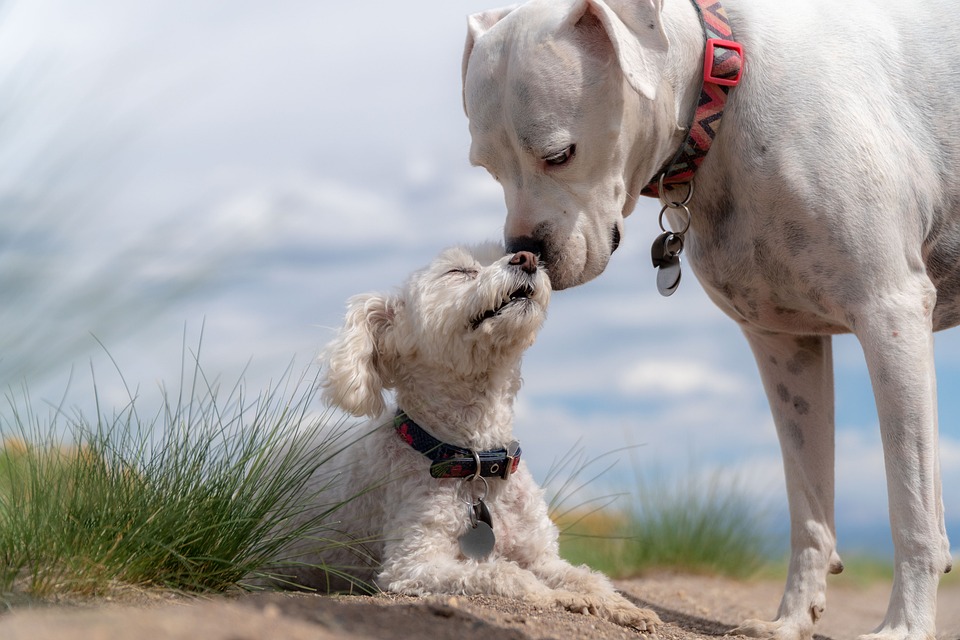Nail trimming is an essential part of dog care that ensures your canine companion maintains healthy nails and avoids discomfort or potential injuries. However, many dogs can become anxious or fearful during nail trims, making it a challenging task for both the dog and the owner. By recognizing signs of discomfort and using positive reinforcement techniques, you can help create a more positive and stress-free nail trimming experience for your furry friend.
Dogs, like humans, have individual preferences and sensitivities. While some dogs may tolerate nail trims with ease, others may find it distressing. It’s crucial to pay attention to your dog’s body language and behavior to determine if they are experiencing discomfort. Here are some common signs to look out for:
1. Paw Pulling or Jerking Away: If your dog consistently pulls their paw away when you try to trim their nails, it may indicate discomfort or fear. This behavior is a clear signal that your dog is not comfortable with the process.
2. Restlessness or Anxiety: Dogs who become anxious or restless during nail trims may display behaviors such as panting, pacing, or attempting to escape. These signs indicate that your dog is feeling stressed and uncomfortable.
3. Vocalization: Whining, whimpering, or growling during nail trims can be a sign of distress. Some dogs may use vocalizations as a way to communicate their discomfort or fear.
4. Excessive Licking or Chewing: Dogs may resort to excessive licking or chewing of their paws as a way to cope with the stress or discomfort associated with nail trims. This behavior should be taken as a clear indication that your dog is not at ease.
5. Freezing or Tensing Up: If your dog becomes rigid, freezes in place, or tenses up when you attempt to trim their nails, it is a sign of discomfort. This reaction suggests that your dog is not comfortable with the handling or the tools used during the process.
Positive reinforcement is a powerful tool that can help your dog associate nail trims with positive experiences, reducing their anxiety and discomfort. By following these tips, you can create a more pleasant nail trimming routine for both you and your furry friend:
1. Start Slowly: Begin by introducing your dog to the nail trimming process gradually. Allow them to become familiar with the tools, such as nail clippers or grinders, by letting them sniff and investigate them.
2. Associate Positive Experiences: Pair nail trims with something your dog enjoys, such as favorite treats or a special toy. Offer rewards and praise throughout the process, rewarding your dog for their calm behavior.
3. Desensitization: Gradually desensitize your dog to the sensation of nail trimming by gently touching and handling their paws regularly. Pair these touches with rewards to create positive associations.
4. Use Counter Conditioning: Counter conditioning involves changing your dog’s emotional response to nail trims. For example, start by using a nail grinder or clippers without actually trimming the nails, rewarding your dog for their calmness during the process.
5. Seek Professional Help: If your dog’s discomfort or anxiety persists despite your best efforts, consider seeking help from a professional dog trainer or a veterinarian who can provide guidance and assistance in creating a stress-free nail trimming routine.
In conclusion, recognizing signs of discomfort during nail trimming and using positive reinforcement techniques can greatly improve your dog’s experience. By being attentive to your dog’s body language and behavior, introducing the process gradually, and associating nail trims with positive experiences, you can help your furry friend feel more comfortable and relaxed during this essential aspect of dog care. Remember, patience and positive reinforcement are key when it comes to nail trimming.









